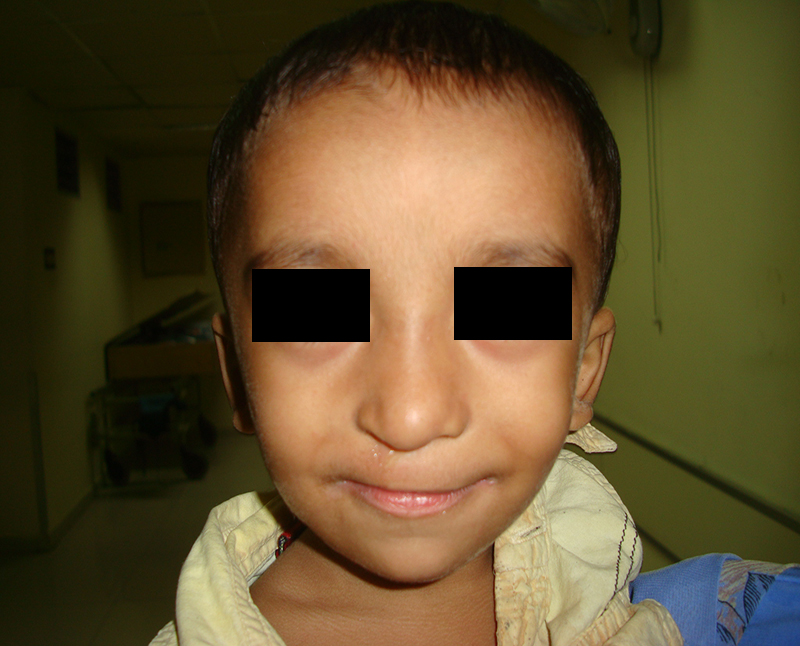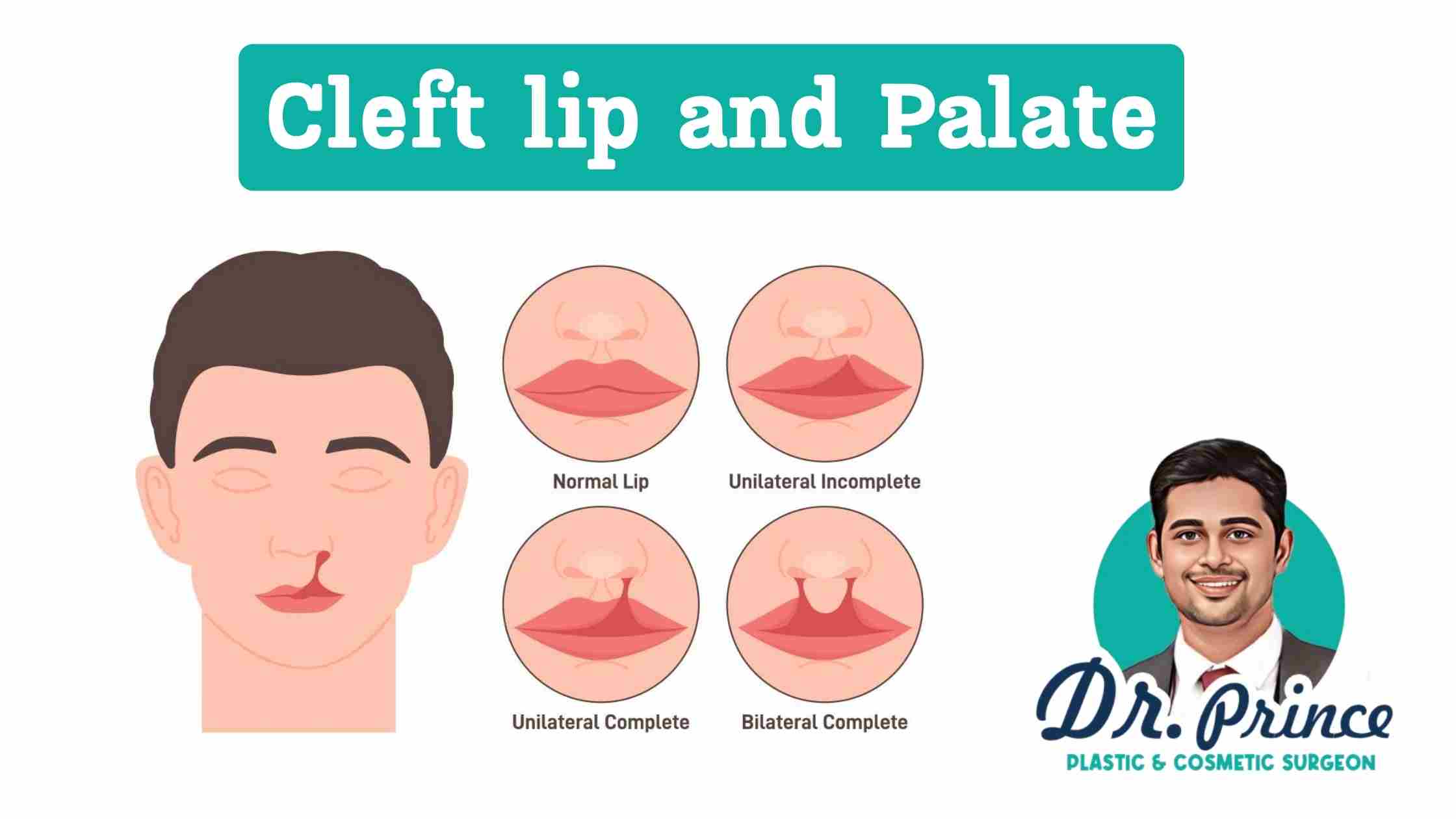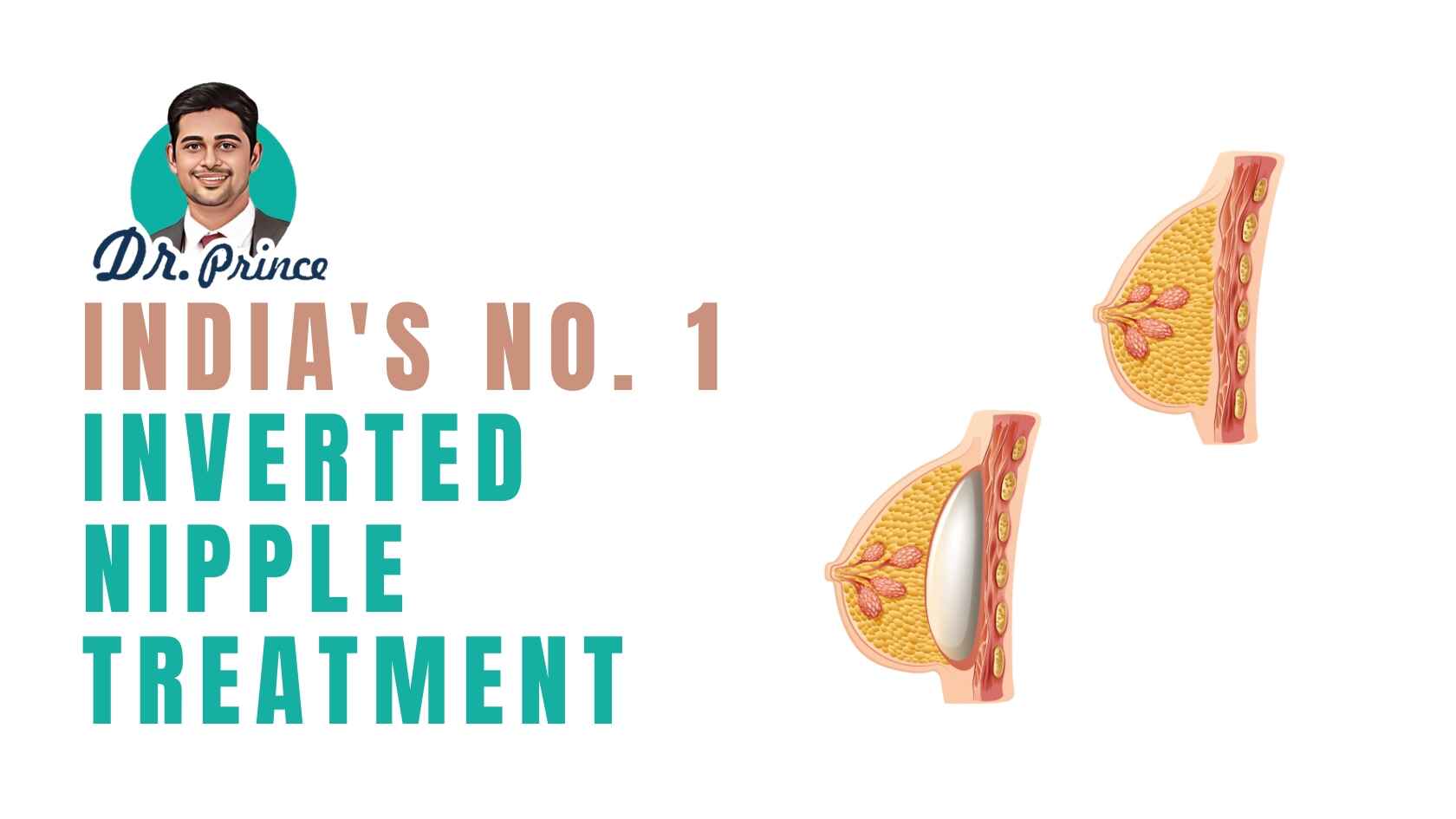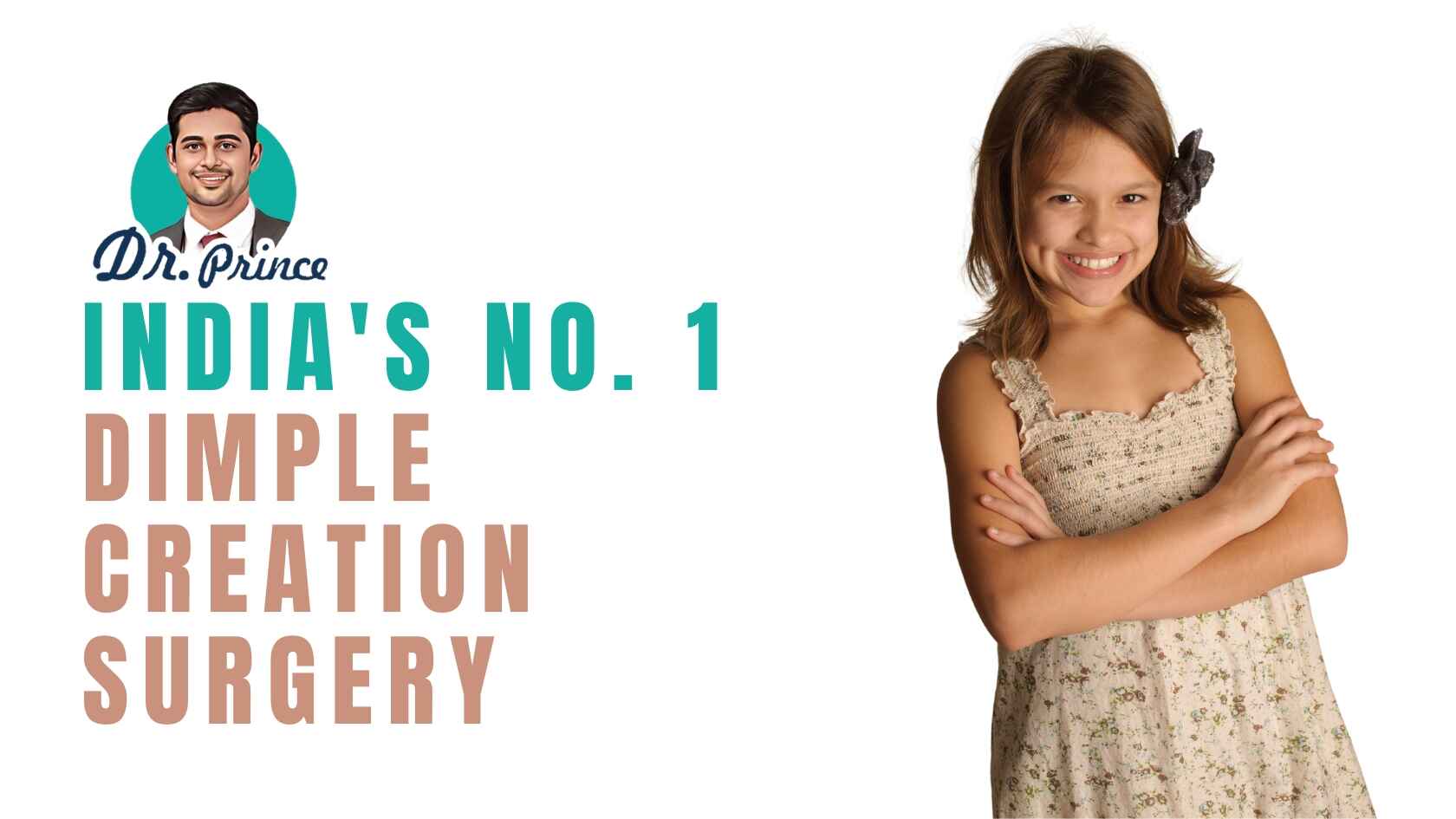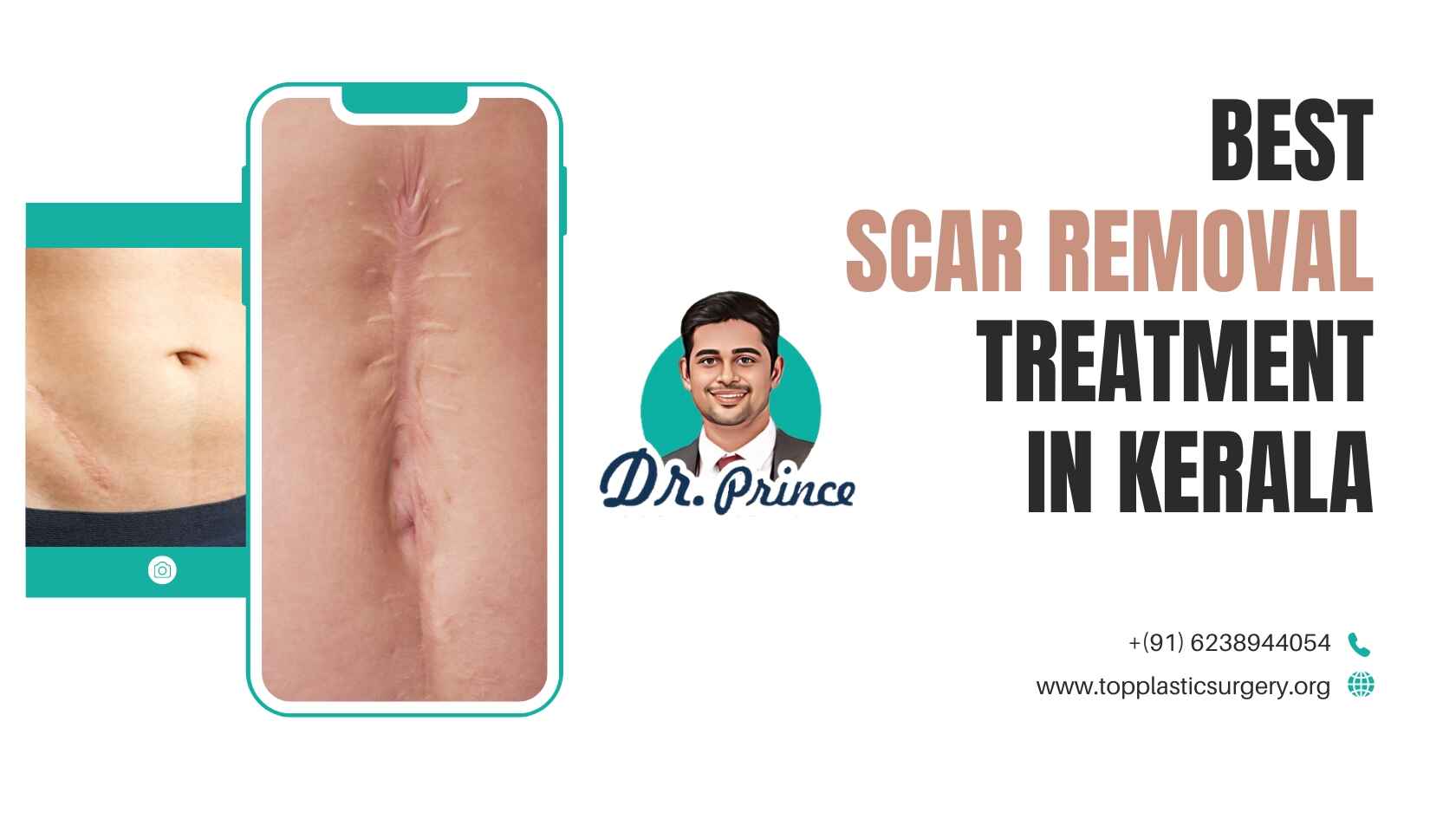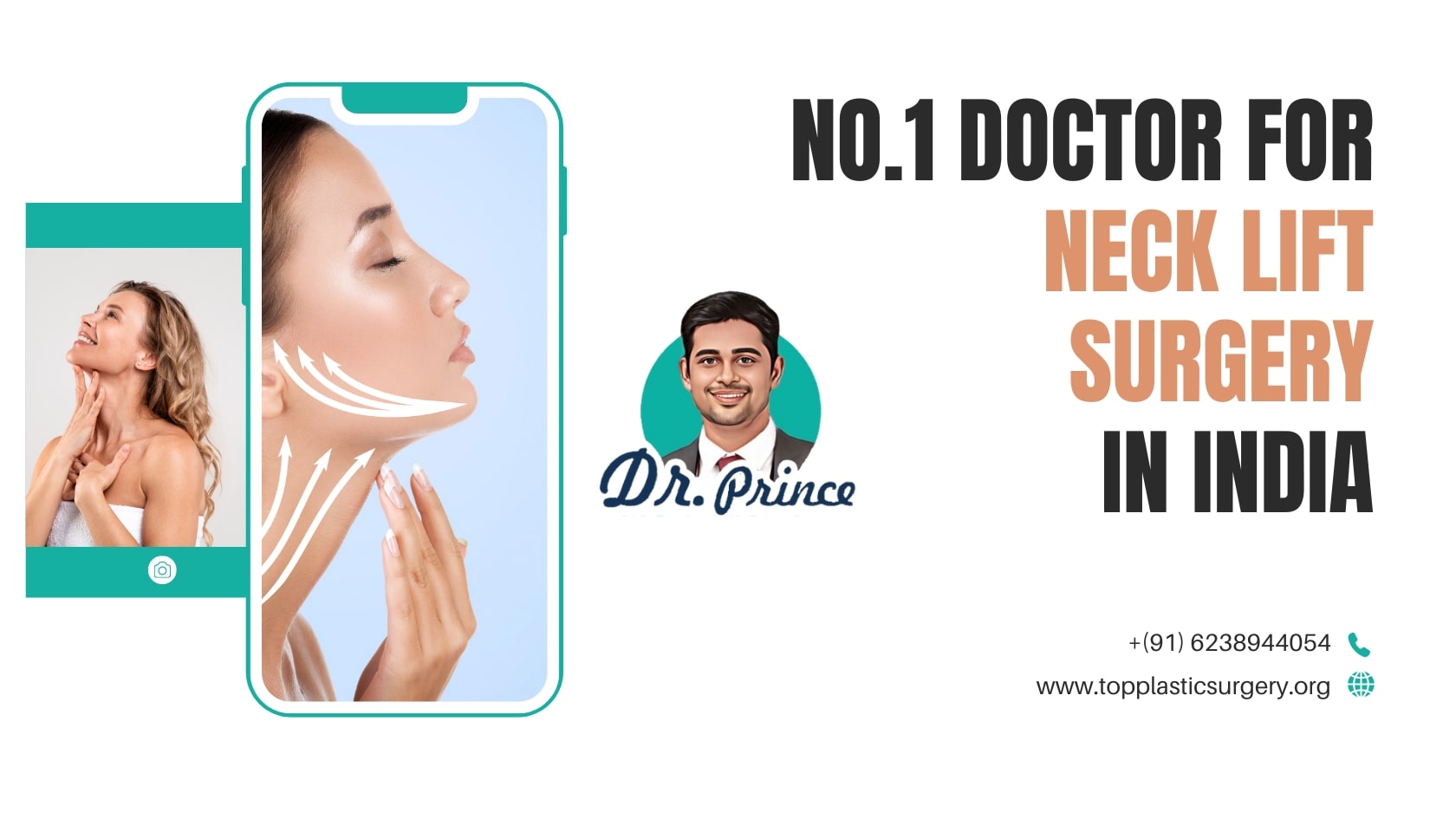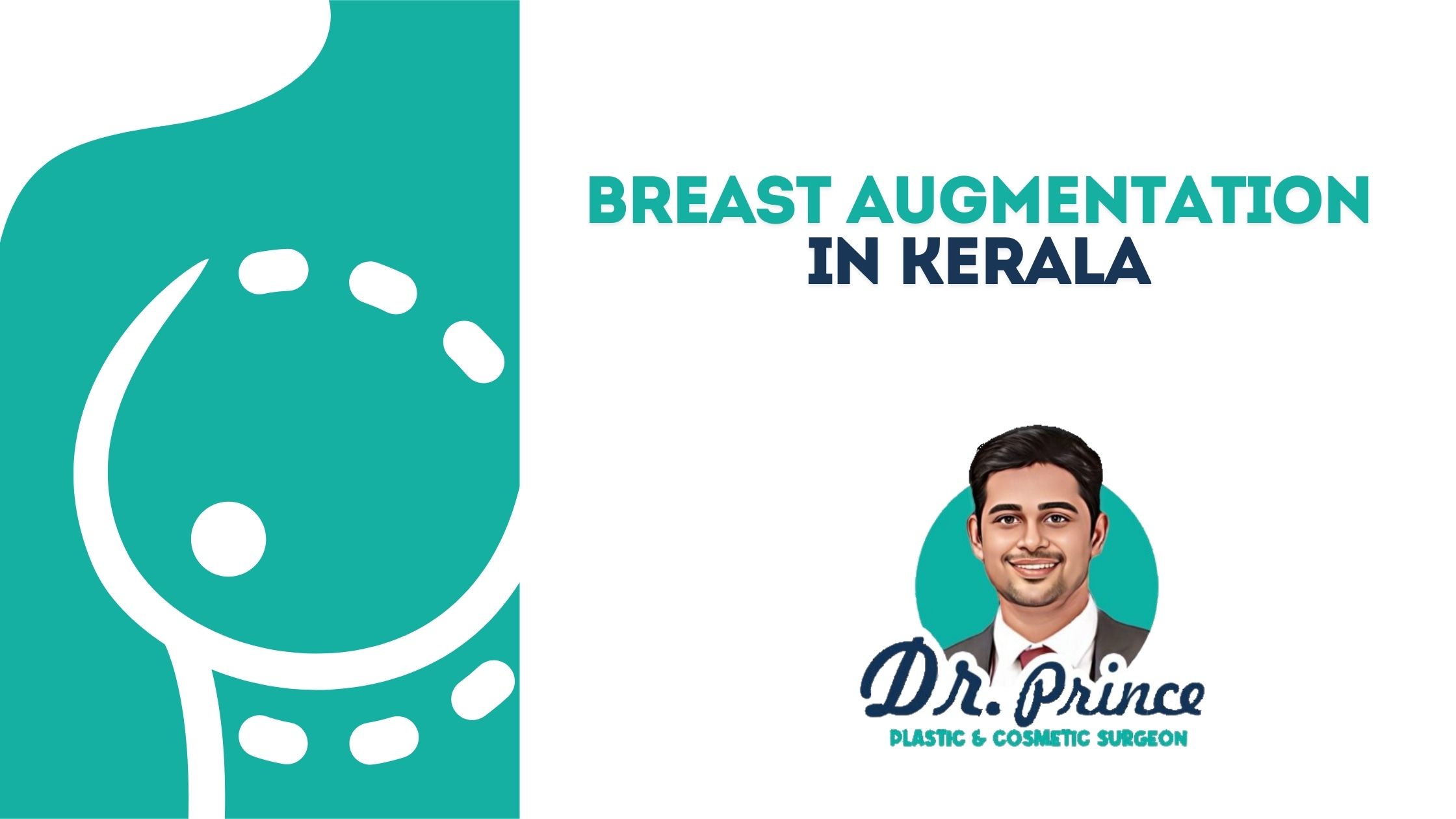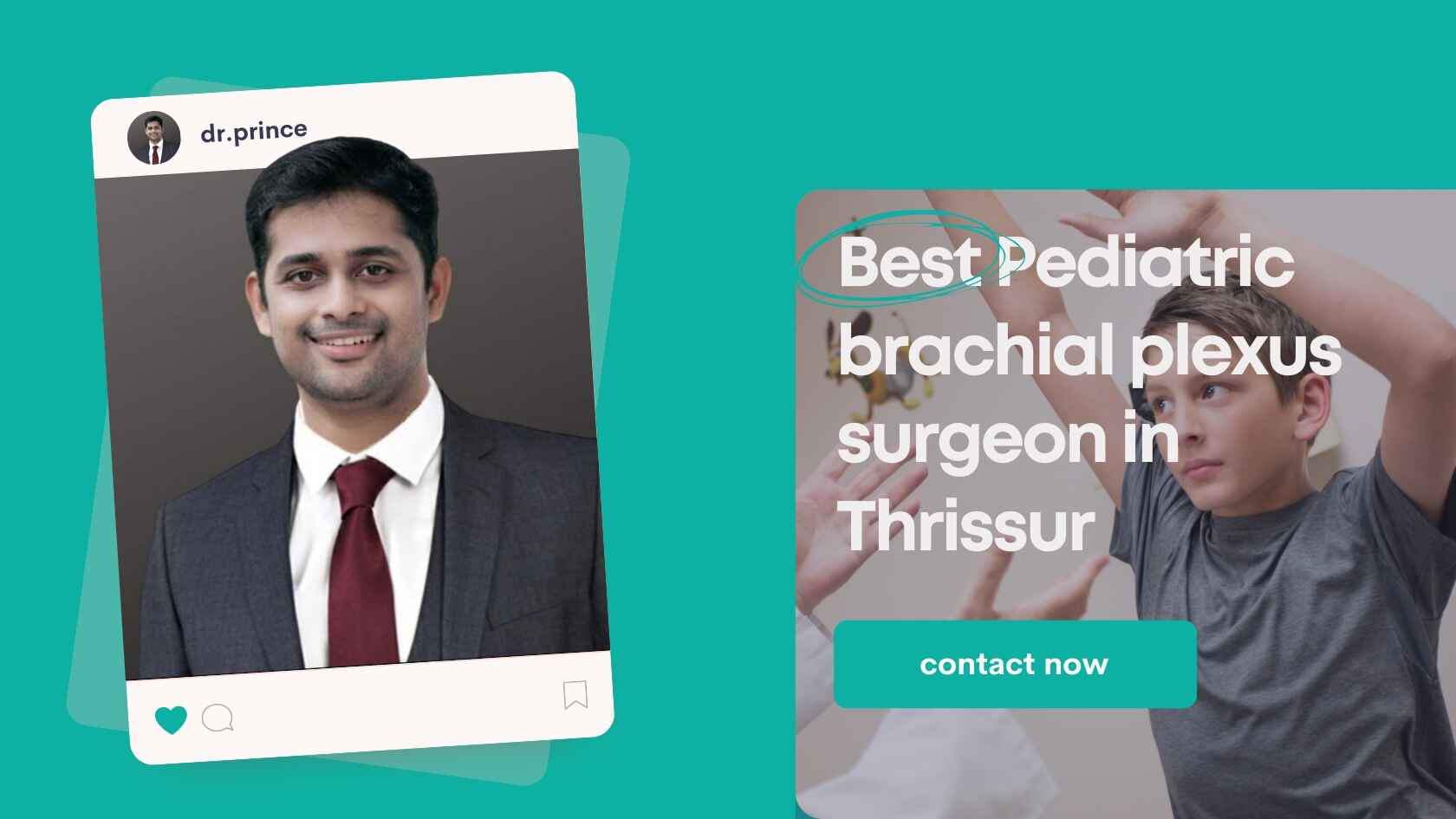Overview:
Cleft lip and palate are congenital conditions where there is an opening or gap in the upper lip and roof of the mouth (palate). This condition occurs during fetal development, leading to incomplete fusion of facial structures.
Symptoms:
The primary symptoms of cleft lip and palate include a visible gap or split in the upper lip and palate. In some cases, the opening may extend into the nasal cavity, impacting speech and feeding.
Causes:
Cleft lip and palate result from a combination of genetic and environmental factors. Genetic predisposition, exposure to certain medications during pregnancy, and maternal smoking or alcohol consumption contribute to the development of this condition.
Risk Factors:
Factors that increase the risk of cleft lip and palate include a family history of the condition, maternal age, and certain environmental exposures during pregnancy.
Complications:
Beyond the visible effects, cleft lip and palate can lead to complications such as difficulty in feeding, speech impediments, dental issues, and ear infections.
Prevention:
While some risk factors are beyond control, seeking prenatal care and avoiding harmful substances during pregnancy can contribute to prevention. Early detection through ultrasound examinations allows for proactive planning and intervention.
Dr. Prince's Expertise:
Dr. Prince, a distinguished plastic surgeon, specializes in cleft lip and palate surgery, offering transformative solutions to nurture smiles. His extensive experience and commitment to excellence make him the best choice for families seeking comprehensive care for their loved ones.
CASE 1
Before
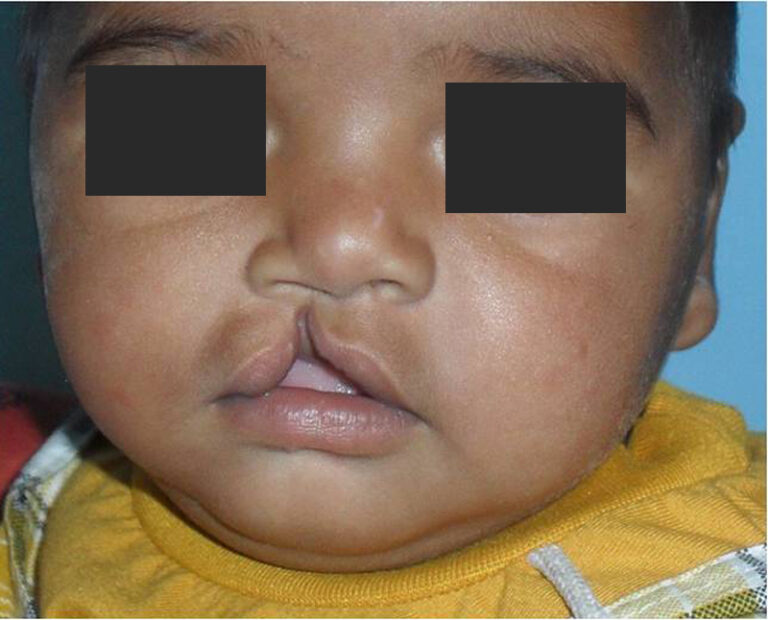
after
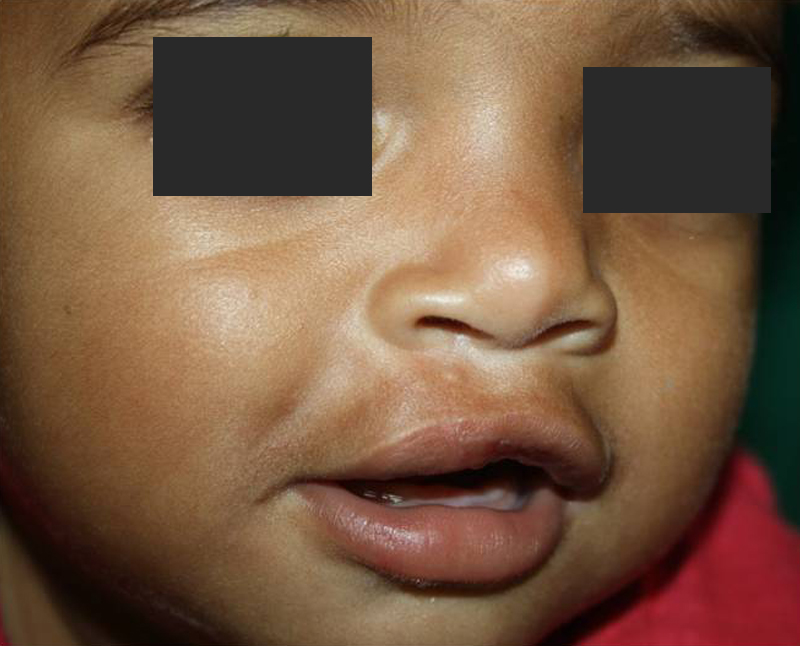
CASE 2
Before
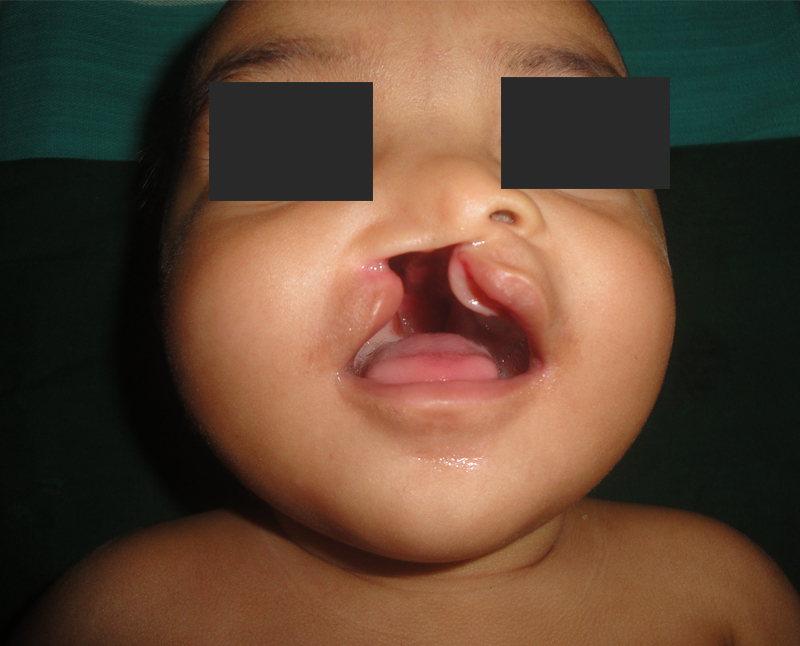
after
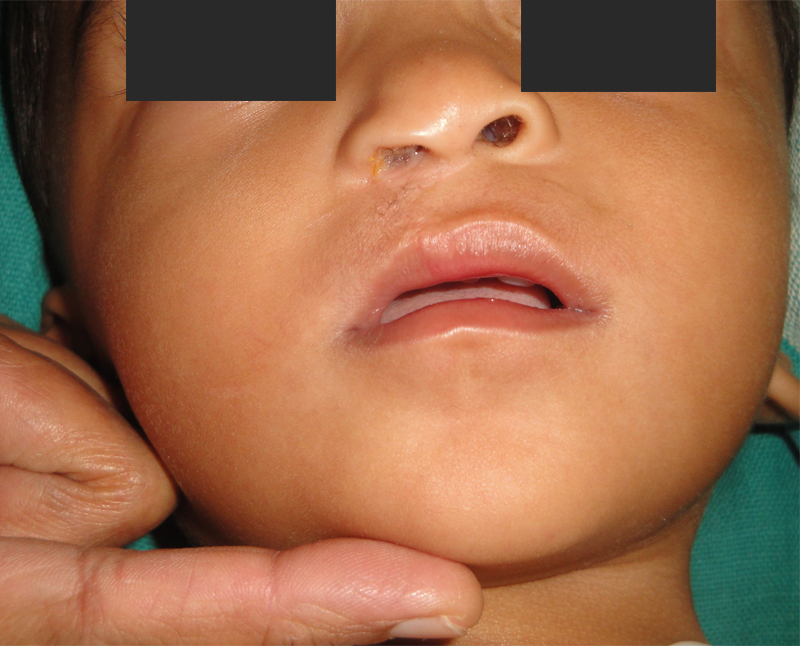
CASE 3
Before
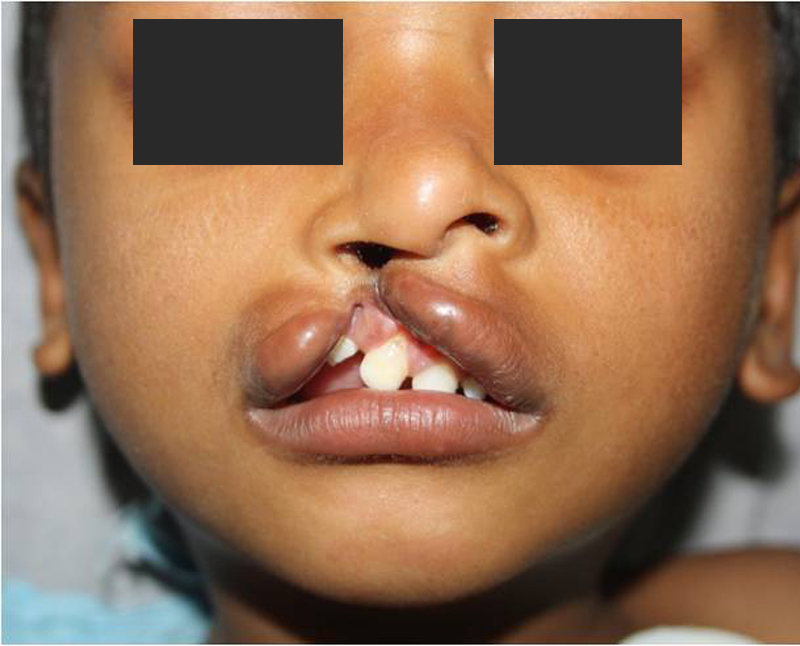
after
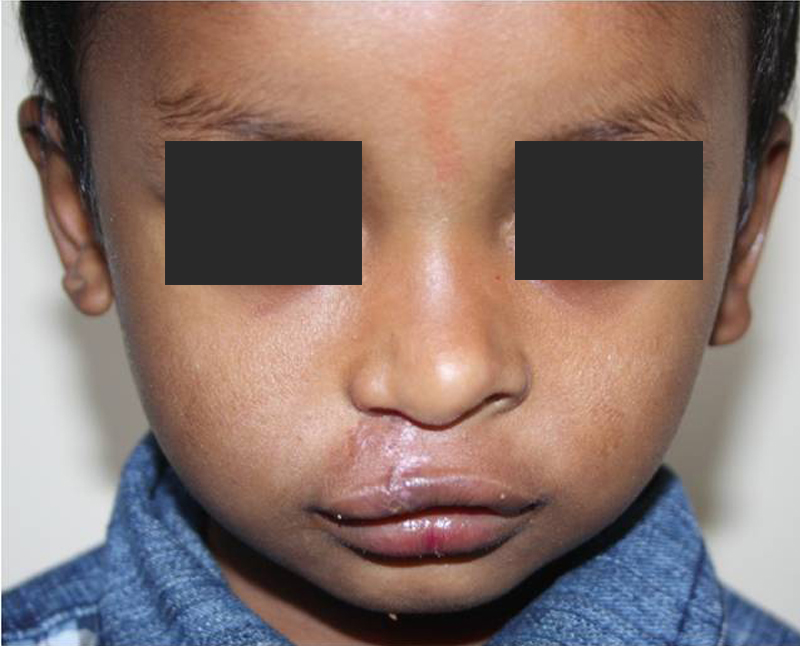
CASE 4
Before
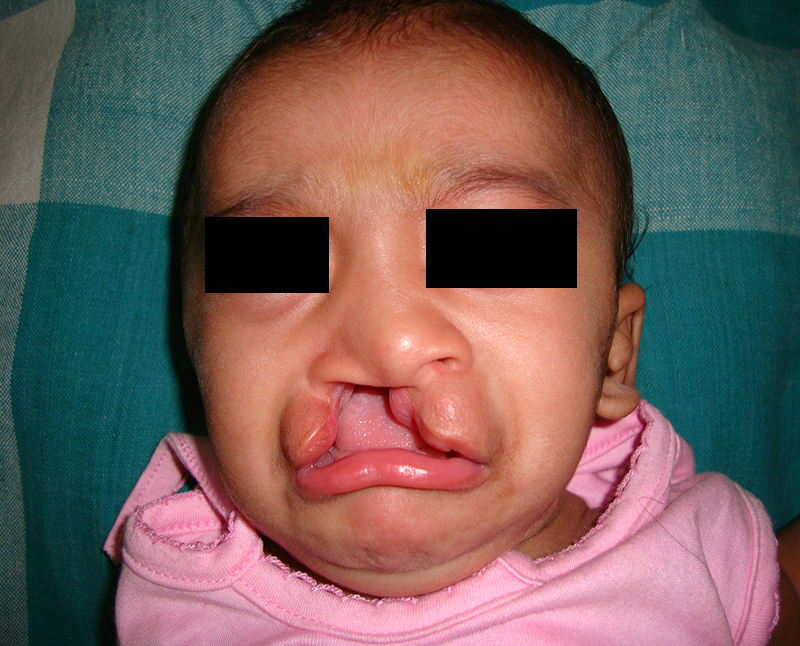
after
